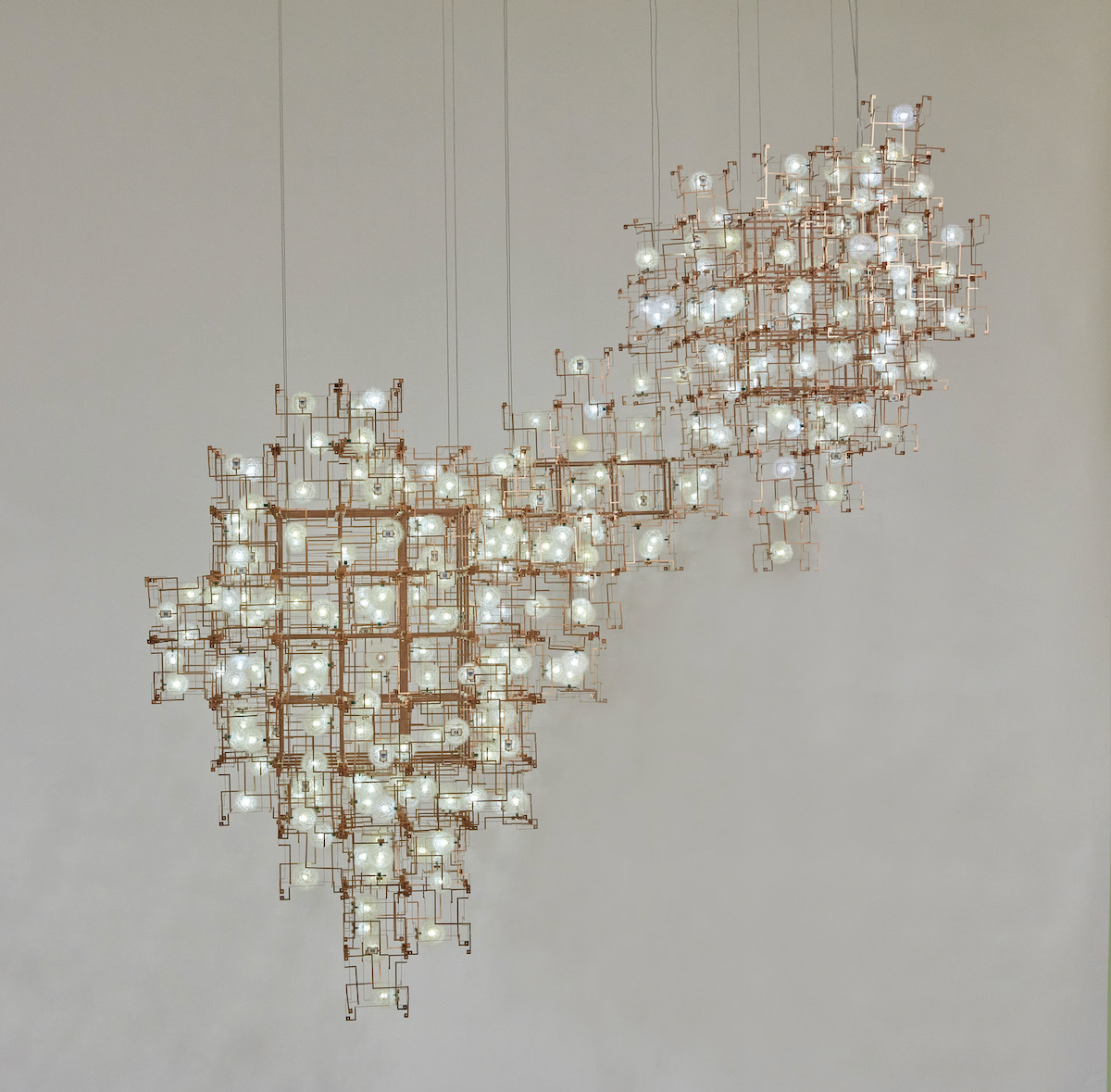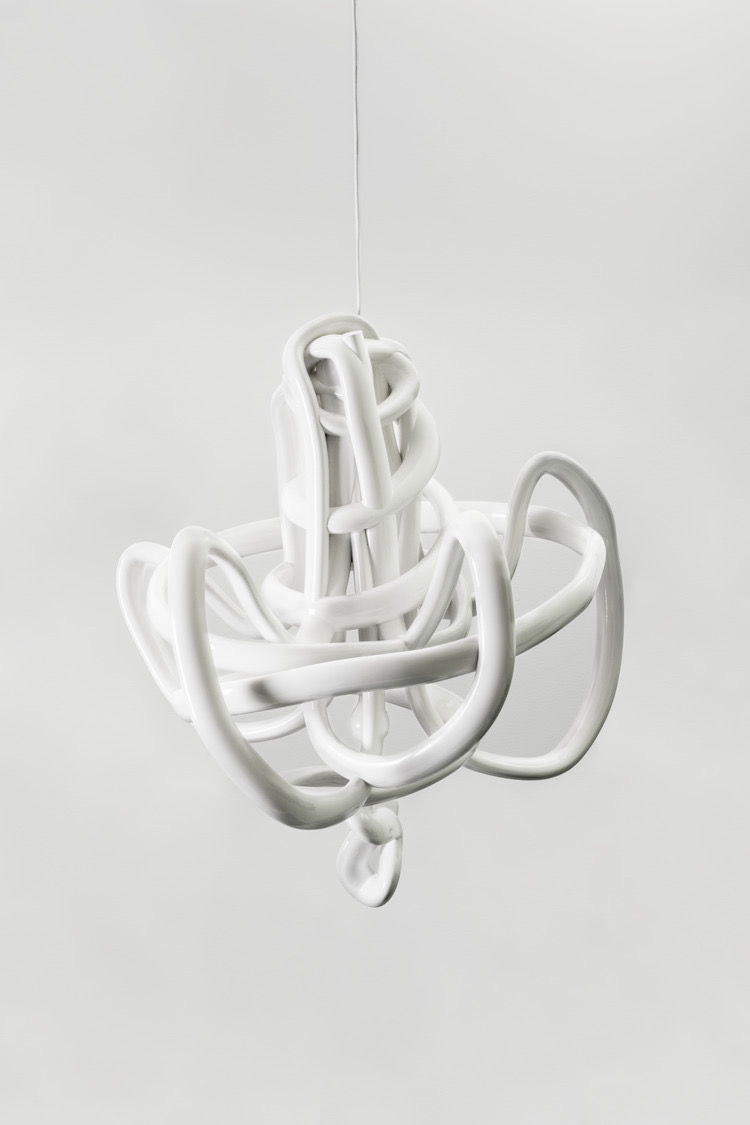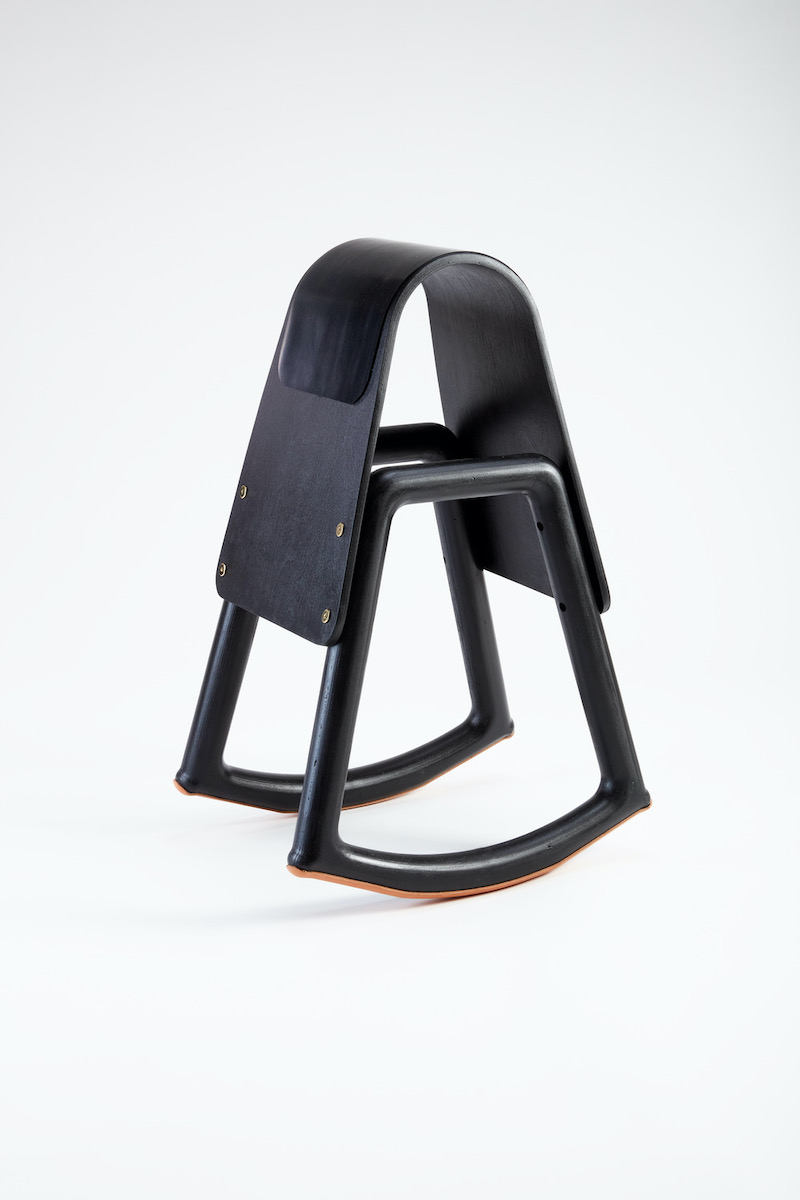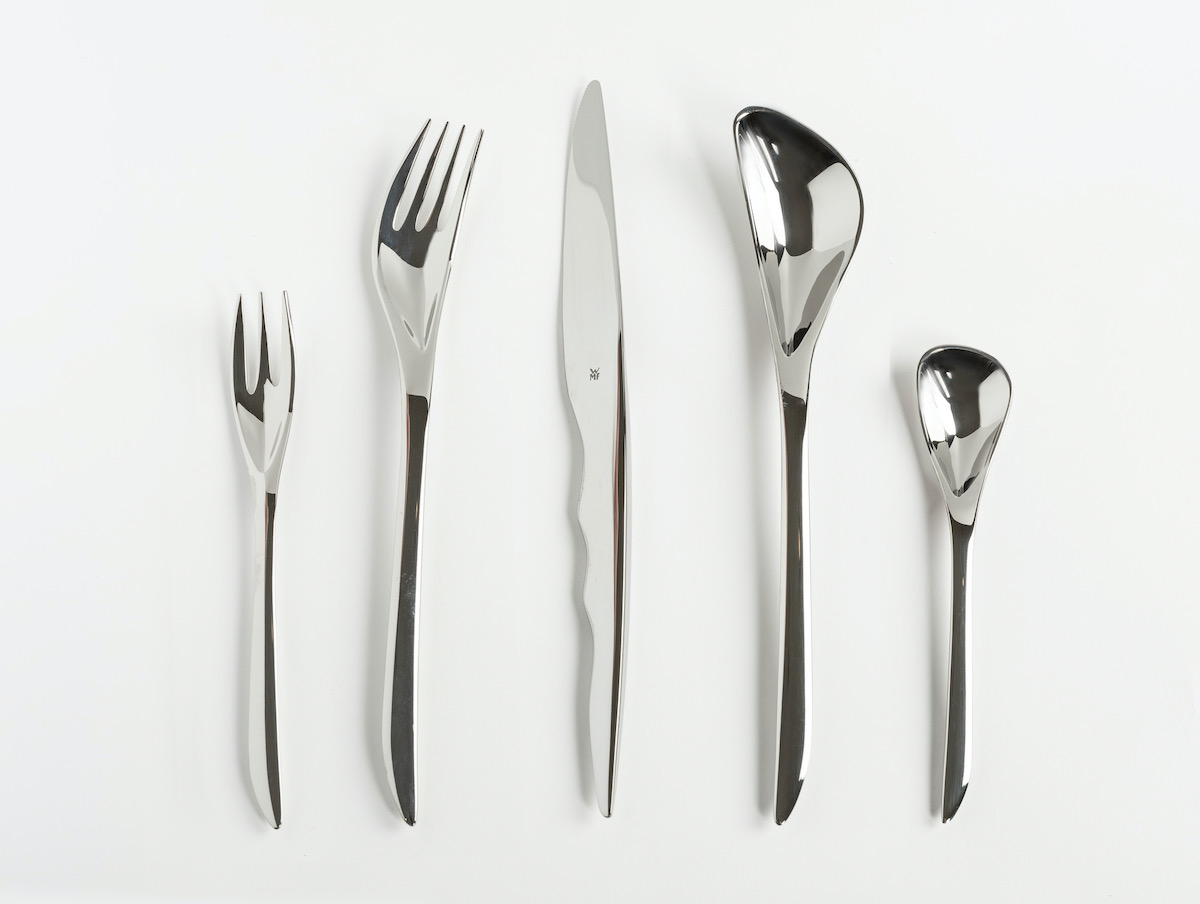Rachel Delphia is the Alan G. and Jane A. Lehman Curator of Decorative Arts and Design at the Carnegie Museum of Art. As the main set of eyes on the decorative arts collection, Delphia spends a lot of time with some of the most interesting and underrated objects in the museum. TABLE asked her about her experiences working in decorative arts, what she’s working on now, and what goes on behind the scenes at the museum.
Curator Rachel Delphia Sees the Extraordinary in Ordinary Things
What is decorative art? What do people get wrong about it? How did you become interested in curating it?
Rachel Delphia: At Carnegie Museum of Art, our decorative art and design collection includes furnishings, décor, and even appliances. We appreciate having objects in our collection that are both functional and beautiful. When you see chairs, bookshelves, dishes, flatware, vases, or radios– that is all decorative arts and design. When it comes to the objects we live with, people have always been invested in so much more than simple functions. I find that remarkable and inspiring. I hope visitors appreciate the human creativity and skill involved in making these extraordinary ordinary things!
Coming from a family of hobbyist makers, I gained an early appreciation for things like fiber arts and woodworking. Growing up, it was less apparent that these subjects could be celebrated in major museums. While pursuing a BFA in Design at Carnegie Mellon University, I saw the exhibition Aluminum by Design: Jewelry to Jets at Carnegie Museum of Art. A lightbulb went off. I’ve been privileged to work in decorative arts and design at this museum for almost twenty years.
What is your favorite object in the CMOA decorative arts collection?
Rachel Delphia: That’s like asking a parent to choose a favorite child! I tend to love the [object] I’m with. I’ve spent the last few years immersed in the career of German ceramicist Beate Kuhn (1927–2015), whose solo exhibition, Beate Kuhn: Turn, is up at the museum through December 1, 2024. Kuhn’s Bosom Book, 1969, stops me in my tracks every time I walk into the gallery. It’s such a visually arresting and powerful work.
What kind of care do the objects in Extraordinary Ordinary Things and the larger collection require?
Rachel Delphia: Museum collections require a lot of care, both passively and actively. Just housing an object safely in the gallery or storage takes resources like shelving or casework, and mounts for stability, climate control, and security. If [an object] breaks down due to age or incident, we have a team of expert conservators to give it the necessary tender love and care. They also take preventative measures to protect artworks in the first place.
How much is not on display that museum visitors don’t get to see?
Rachel Delphia: Some objects, like textiles or works on paper, can only tolerate so much light, so they have to be rotated off view to rest, but we keep all types of artworks in rotation, meaning that we change what’s on view in the collection galleries. We also lend objects from our collection to other museums across the world and include our artworks in our special exhibition program.
Could you speak to some of the more contemporary objects in the collection?
Rachel Delphia: The exhibition Extraordinary Ordinary Things is a great place to see 20th and 21st-century decorative arts and design. That was one of the biggest changes Carnegie Museum of Art made when the galleries reopened in 2021. There are many objects on view in the exhibition from the 1980s to the 2010s. We’re continually acquiring new works made in the 2020s. A few highlights:
Fragile Future chandelier 3.1, Studio Drift

Materialized Sketch of a Chandelier, Front Design

Sinmi stool, Norman Teague

Objects from Five-piece Cutlery Set, Zaha Hadid

If you enjoy dipping back as far as the 1950s – 1970s there’s also great tableware by Lucille Lietzke, Eva Zeisel, and Russel Wright, and flatware by Arne Jacobsen and Carl Auböck.”
Story by Emma Riva / Photography courtesy of Carnegie Museum of Art
Subscribe to TABLE Magazine‘s print edition.

